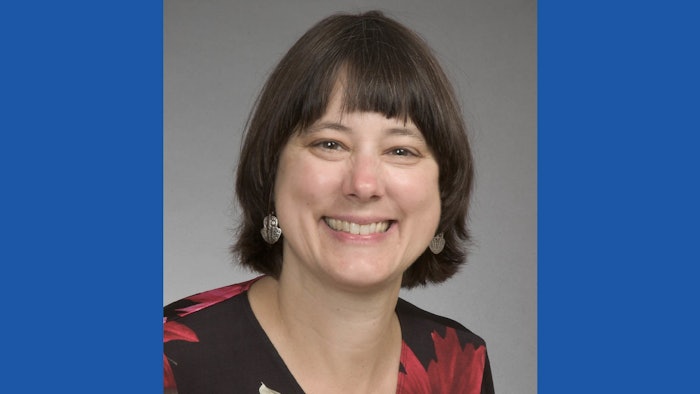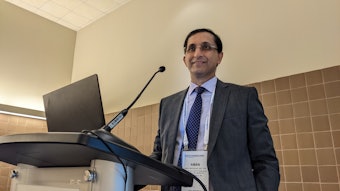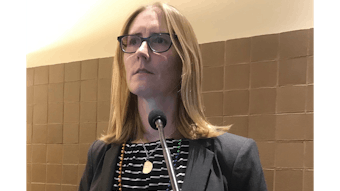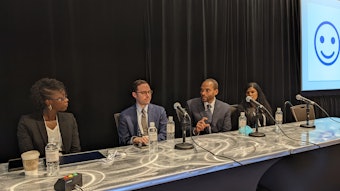2022 Ellison Pierce Lecture examined racial, ethnic disparities in perioperative medicine
Early adjustments can improve outcomes

Race and ethnicity are independent risk factors for increased morbidity and mortality in perioperative medicine. So is poverty. It is patients, not hospitals, who pay the price.
“Early in my career, I took care of a trauma patient who was a minority and had a photocopy in their wallet from another hospital that had done a ‘wallet biopsy,’ which I had never seen before,” said Karen B. Domino, MD, MPH, Professor and Vice Chair for Clinical Research in Anesthesiology and Pain Medicine and Adjunct Professor of Neurological Surgery, University of Washington Medicine in Seattle. “The other hospital had checked the patient’s wallet to assess whether there was enough cash or credit cards to pay for care. And since there wasn’t, they transferred the patient to our hospital for treatment.”
Dr. Domino documented the twisting path of racial and ethnic risk factors during the 2022 Ellison C. Pierce Patient Safety Memorial Lecture titled “Racial and Ethnic Disparities in Perioperative Patient Safety.” Simply being of one race or ethnicity versus another can dramatically increase the odds of a poor outcome.
“Black women and Hispanic women are less likely to receive an epidural for labor than White women, even at the same hospital,” she said. "Black women are more likely to receive general anesthesia than White women for Cesarean section, who are more likely to have a spinal anesthetic. And that’s after controlling for how urgent Cesarean is.”
“Even controlling for patient comorbidities, demographic and hospital characteristics, Black women are much more likely than White women to experience more severe maternal morbidity. And Black women die at rates three and four times that of White women from pregnancy-related causes regardless of socioeconomic factors.”
There are similar gaps in care for minority patients across all age and demographic groups, Dr. Domino said. Among patients in Veterans Administration hospitals, for example, Black and Hispanic patients are far more likely to be given general anesthesia for hernia repair than comparable White patients, even though outcomes are demonstrably better for patients receiving a local anesthetic versus general anesthesia.
“We have been hearing quite a bit about racial and ethnic disparities, but we haven’t been doing enough about them,” she said.
Disparities are the result of multiple factors, including implicit bias, structural racism, and socioeconomic factors that contribute to chronic stress. Social determinants of health play major roles, including lack of education, poverty, poor built environment, pollution, lack of adequate food resources, and more.
“Hospital factors play roles, too,” Dr. Domino said. “Minority populations too often live in poor neighborhoods. And too many health facilities serving poor areas have inadequate patient safety conditions or may not be able to provide adequate access to care. All of these factors can be modified.”
Anesthesiologists can play key roles in closing disparity gaps, she said. Assessing and documenting quality of care on a routine basis by factors such as race, ethnicity, and primary language is an early step. Clinical pathways such as enhanced recovery after surgery (ERAS) protocols and patient safety bundles can improve outcomes for all patients.
“Anesthesia has always focused on patient safety,” Dr. Domino said. “There are steps we can all take to improve patient safety in our own environments. That is how change happens, each of us working to make a difference as individuals as well as a society.”
Visit Annual Meeting Daily News for more articles.











